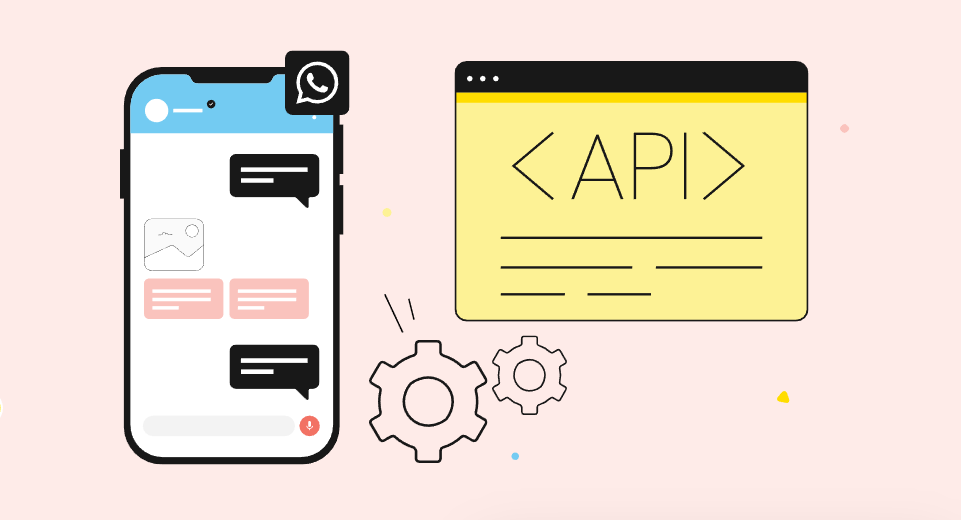Big Data is the Future of Healthcare Data Management!
Healthcare at present is flooded with new inventions and innovations; it is going through a revolution of sorts, wherein, technology is taking center stage and opening up new possibilities.
With this comes a scenario of digital transformations with augmentation in use of Healthcare Information systems, Electronic medical records management, Wearable and smart devices and handheld devices.
Wearable devices and remote sensor devices produce huge eclectic big data. Also, from the first time a patient visits the hospital/healthcare center to the time a final payout is done by the payer to the Healthcare Provider a lot of data is produced which requires proper management tools and software for its optimized utilization in future.
What do we understand by the term BIG DATA?
It is the data which has manifoldness, scale and intricacies that requires new structure, algorithms, techniques and analytics to ease out its management, visualisation and retrieval of dormant/hidden information.
The big part of Big Data is indicative of its volume. It also includes a component of velocity ( rate of data collection and making it accessible for further analysis) and variety (includes different types of organised or unorganised data)
Health education is required to implement and unsheath meaningful insights from such data.
Why is Big Data Management to be introduced in Healthcare?
Information is the key for a better understanding, organisation and new developments. The more organised information we have, the better we are able to utilise it in delivering the best possible services.
This creates Data collection as one of the key players in every organisation.
However, there are many challenges which come at every step while handling big data and that can only be surpassed by using high-end computing solutions for big data analysis.
Healthcare is a multi faceted system entrenched with the sole purpose of prevention, diagnosis, and treatment of health related ailments in humans.
Health professionals generate and require varied types of information such as patient’s medical data, clinical data, financial data, social data.
Traditionally the above data sets were stored in a form of handwritten or typed forms or documents. Gradually, with the introduction of computers, data storage started happening at the digital level in the form of Electronic Health records.
Similar to EHR, we have PMR (Personal Medical records), EMR (electronic medical records), MPM (Medical Practice Management Software).
The big data in healthcare includes the healthcare payer – provider data along with genomics – driven experiments and other endless data acquired from smart web of internet things.
The development and usage of Monitoring devices and related softwares that can generate alerts and share health related data of a person has gained momentum , especially in establishing a real – time biomedical and health monitoring system.
Healthcare industry has not been quick enough to adopt and adapt to the Big data driven approach and thus big data usage in healthcare is still in an infancy stage.
An efficient management, analysis and interpretation of big data can be a gamechanger by opening new pathways for modern healthcare. With a strong integration of biomedical and healthcare data, modern healthcare organisations can possibly revolutionise medical therapies and customised medicine.
This data requires proper management and analysis in order to produce meaningful information. Otherwise, seeking a solution by analysing big data quickly becomes comparable to finding a needle in the haystack.
Workflow of Big Data Analytics
Challenges associated with Healthcare Big Data
- Storage – Organisations must choose cloud partners that understand the importance of healthcare-specific compliance .
- Cleaning – The data needs to be refined to ensure its accuracy, correctness, consistency, relevancy and purity after acquisition.
- Uniformity – Medical coding systems like CPT, ICD and few other code sets were developed to represent the core clinical concepts and to maintain uniformity of data.
- Accuracy – Maintaining quality is of utmost importance.
- Image pre-processing – Reduction of noise, clearing artifacts, adjusting contrast of acquired images and image quality adjustment post mishandling are some of the measures that can be implemented to gain benefit of the purpose.
- Security – HIPAA security roles, help guide organisations with storing, transmission, authentication protocols, and controls over access, integrity and auditing.
- Meta-data – It needs to be composed of information like time of creation, purpose and person responsible for the data, previous usage for researchers and data analytics which further allows analytics to replicate previous queries and help later scientific studies and eventually increases the usefulness of data.
- Querying –
- Visualisation – charts, heat maps and histograms helps in illustrating contrasting figures and correct labelling of information to reduce potential confusion.
- Data Sharing – Solutions like FHIR (Fast Healthcare Interoperability framework), public APIs, Commonwell and carequality are making data interoperability and sharing easy and secure.
Conclusion
In order to develop a healthcare system which is self-sufficient to exchange big data and provide the firm with trustworthy, on time and meaningful information, we need to adopt methods to overcome the above challenges.
Overcoming these challenges would require investment in terms of time, funding and commitment.
The success of those steps would help in easing out the burden on healthcare especially in terms of cost. It might lead to an almost 25 percent reduction of annual expense on maintaining data through varied modes.
Data Management through Big Data would also help in re-hospitalisation that in turn would help in cost associated with healthcare services.
Analysis of Big Data can also help in optimised staffing, forecasting OT demands, streamlining Outpatient and Inpatient care and improving Medicine dispensing mechanisms in Hospitals thereby further reducing the healthcare costs on the organisation.
References:
https://journalofbigdata.springeropen.com/articles/10.1186/s40537-019-0217-0#Bib1
Add Comment
You must be logged in to post a comment.







